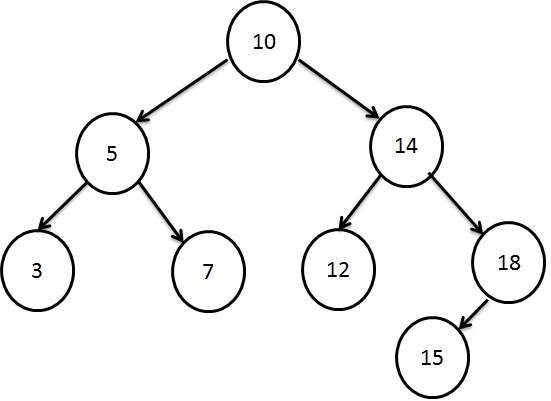SQL IN Operator in Where Clause
<< Previous - SQL LIKE Operator
- SQL IN operator is used to select the list of records from the table based on a set of target values.
- This operator is also known as the set membership test.
Syntax
SELECT Column-name1,Column-name2....Column-nameN FROM Table-name WHERE Column-name IN(value1,value2...);
Example
Below is the demo Staff_table from the Collegedb database.
+-------+-----------+-------+--------+ | ID_No | Name | Dept | Salary | +-------+-----------+-------+--------+ | 101 | Madhan | IT | 20000 | | 102 | Kamini | IT | 25000 | | 103 | Senthil | CSE | 30000 | | 104 | Vani | CSE | 30000 | | 105 | Aadhi | MECH | 35000 | | 106 | Arun | CIVIL | 35000 | | 107 | Vasanthi | CIVIL | 28000 | | 108 | Balan | CIVIL | 27500 | | 109 | Devid | MECH | 23500 | | 110 | Aruna | ADMIN | 15000 | | 111 | Boomi | ADMIN | 17000 | | 112 | Kathirvel | ADMIN | 17550 | | 113 | Kathir | ADMIN | 22000 | +-------+-----------+-------+--------+
Following is the query statement to select the list of staff members who are working in the department of MECH, IT and CSE.
mysql> SELECT * FROM staff_table WHERE Dept IN ('MECH','IT','CSE');
+-------+---------+------+--------+
| ID_No | Name | Dept | Salary |
+-------+---------+------+--------+
| 101 | Madhan | IT | 20000 |
| 102 | Kamini | IT | 25000 |
| 103 | Senthil | CSE | 30000 |
| 104 | Vani | CSE | 30000 |
| 105 | Aadhi | MECH | 35000 |
| 109 | Devid | MECH | 23500 |
+-------+---------+------+--------+
6 rows in set (0.10 sec)
<< Previous - SQL LIKE Operator










 Krivalar Tutorials
Krivalar Tutorials 